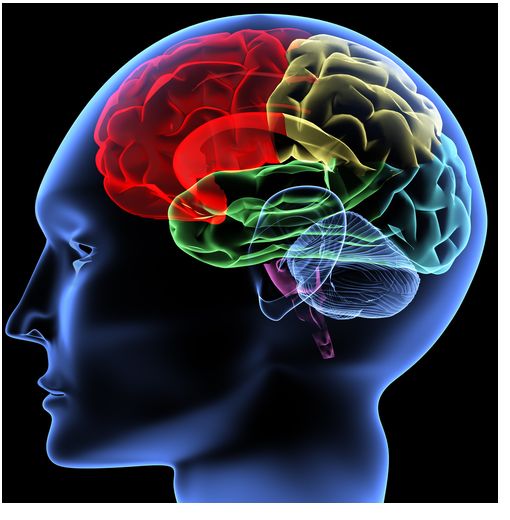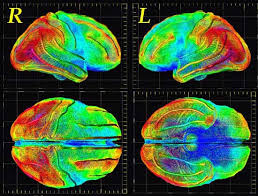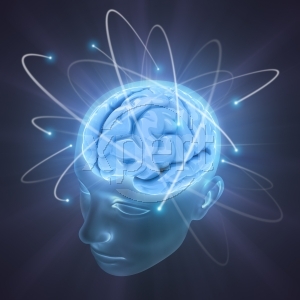Abstract
An auditory hallucination shares with imaginal hearing the property of being self-generated and with real hearing the experience of the stimulus being an external one. To investigate where in the brain an auditory event is “tagged” as originating from the external world, we used positron emission tomography to identify neural sites activated by both real hearing and hallucinations but not by imaginal hearing. Regional cerebral blood flow was measured during hearing, imagining, and hallucinating in eight healthy, highly hypnotizable male subjects prescreened for their ability to hallucinate under hypnosis (hallucinators). Control subjects were six highly hypnotizable male volunteers who lacked the ability to hallucinate under hypnosis (nonhallucinators). A region in the right anterior cingulate (Brodmann area 32) was activated in the group of hallucinators when they heard an auditory stimulus and when they hallucinated hearing it but not when they merely imagined hearing it. The same experimental conditions did not yield this activation in the group of nonhallucinators. Inappropriate activation of the right anterior cingulate may lead self-generated thoughts to be experienced as external, producing spontaneous auditory hallucinations.
- PMID:
- 9465124
- [PubMed – indexed for MEDLINE]
- PMCID:
- PMC19222




